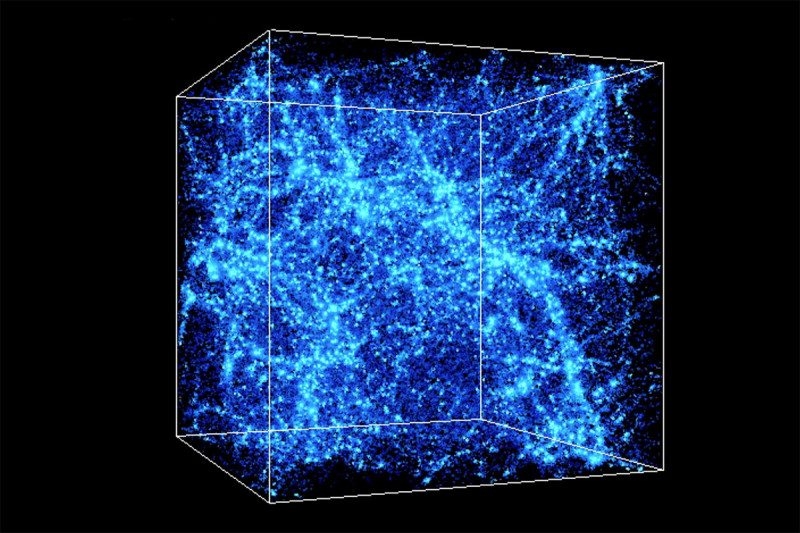Half the universe’s missing matter has just been finally found

Discoveries seem to back up many of our ideas about how the universe got its large-scale structure
Andrey Kravtsov (The University of Chicago) and Anatoly Klypin (New Mexico State University). Visualisation by Andrey Kravtsov
By Leah Crane -- 9 October 2017
The missing links between galaxies have finally been found. This is the first detection of the roughly half of the normal matter in our universe – protons, neutrons and electrons – unaccounted for by previous observations of stars, galaxies and other bright objects in space.
You have probably heard about the hunt for dark matter, a mysterious substance thought to permeate the universe, the effects of which we can see through its gravitational pull. But our models of the universe also say there should be about twice as much ordinary matter out there, compared with what we have observed so far.
Two separate teams found the missing matter – made of particles called baryons rather than dark matter – linking galaxies together through filaments of hot, diffuse gas.
“The missing baryon problem is solved,” says Hideki Tanimura at the Institute of Space Astrophysics in Orsay, France, leader of one of the groups. The other team was led by Anna de Graaff at the University of Edinburgh, UK.
See full text